Sedation Dentistry
Why am I so Afraid of the Dentist?
According to Brisbane Dental Sedation and Sleep Clinic, even the thought of visiting dentists and dental procedures can be so terrifying for some people. Some people prefer putting off their dental treatment and tolerating all the pain and discomfort of a toothache than going to the dentist and enduring the horror of a dental procedure. While dental phobia is quite common, there are ways to manage it, experience a more relaxing dental treatment, and improve your oral health.
Aggressiveness may be a Sign of Dental Anxiety
For some people, nervousness and dental anxiety may extend beyond a mildly unsettling experience. In other words, some anxious patients may experience an aggressive form of dental anxiety towards the dentist or the nurses to conceal or mask their dental anxiety.
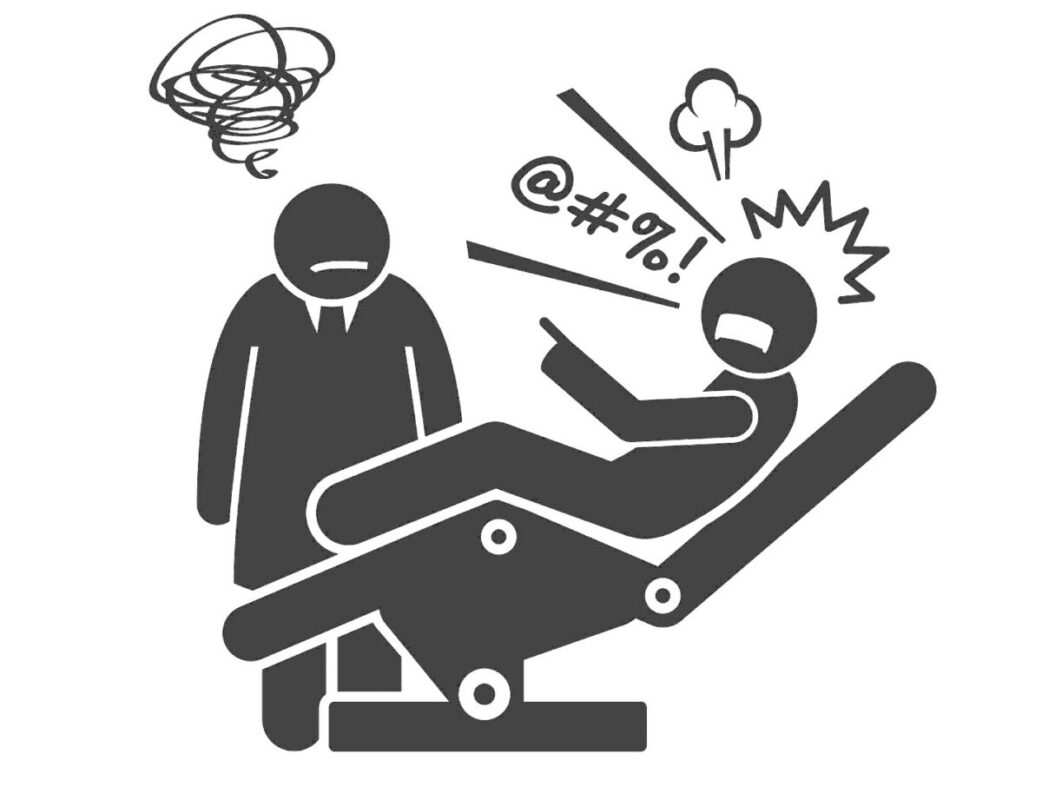
Avoiding Dental Appointments may be a Sign of Dental Anxiety
For some people, nervousness and dental anxiety may extend beyond a mildly unsettling experience. In other words, some anxious patients may experience an aggressive form of dental anxiety towards the dentist or the nurses to conceal or mask their dental anxiety.
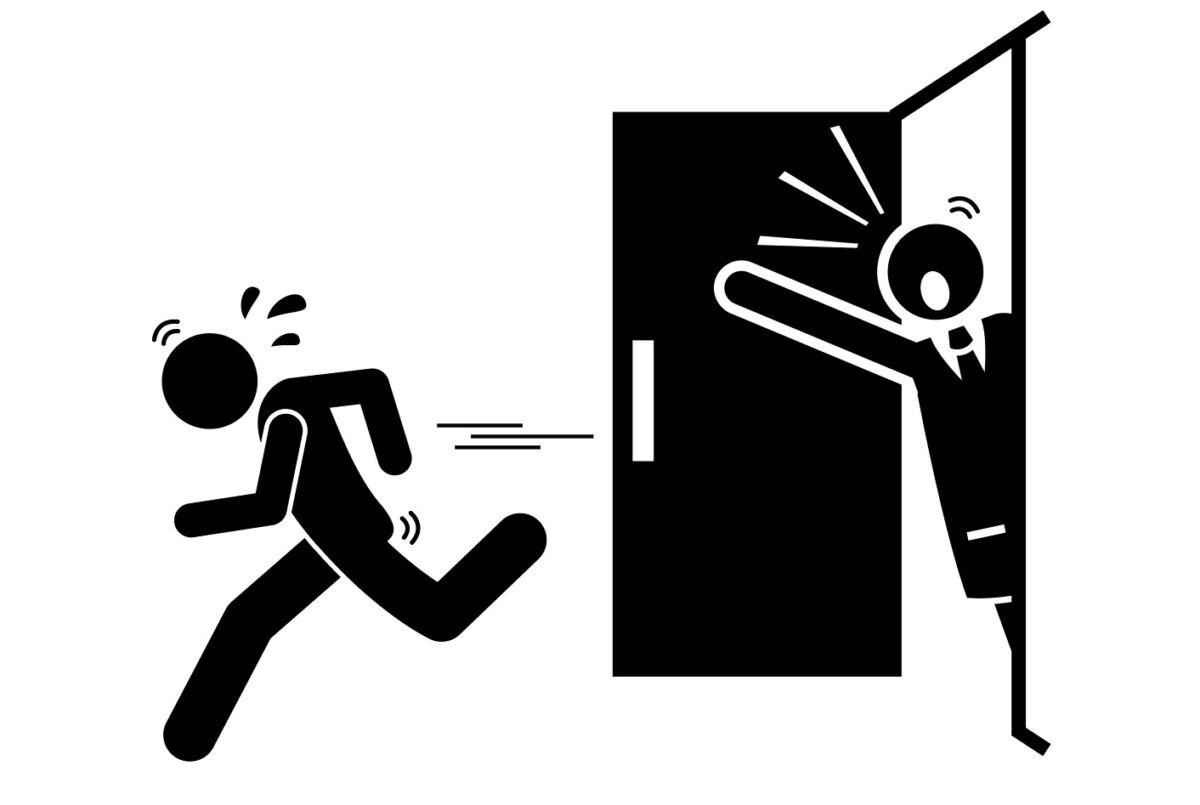
The Consequences of Delaying Dental Treatment
The later you receive dental treatment, the more problems and pain you will have just because of dental anxiety. Early detection of dental issues and fixing them will enable the dentist to prevent them from progressing and save you from undergoing more complicated dental treatments and even oral surgery. Because of anxiety, putting off oral care can negatively impact your oral health and lead to serious oral diseases, such as gum disease, severe dental infections, dental surgery, or even cost you one of those pearly whites.
Well, it seems you are convinced not to delay your necessary dental treatment longer, right? But the question is, how are you going to deal with your fear and anxiety?! The answer can be sleep dentistry.
Sleep or sedation dentistry is when dental professionals use sedatives for patients who are too nervous about dental procedures. Sedatives help anxious patients relax and minimize their anxiety during the procedure; they can facilitate dental treatment for the dentist and work more efficiently. The extent of sedation dentistry will differ depending on how phobic and fearful the person is.
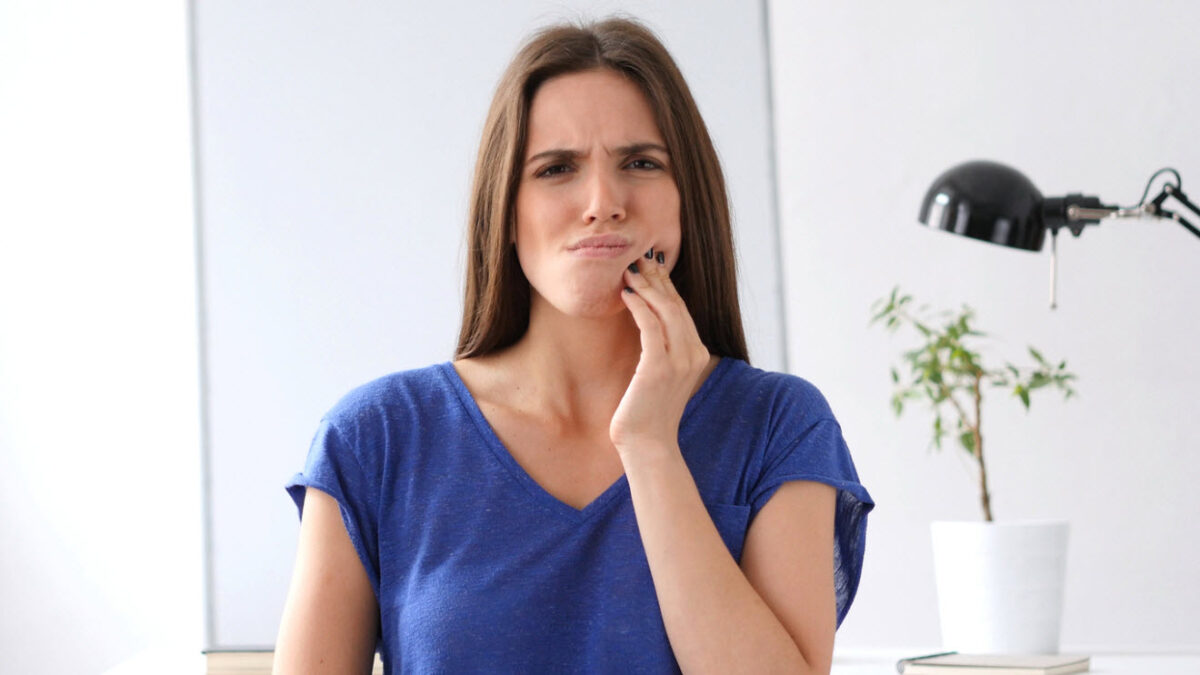
The different levels of sedation
Minimal
The patient is conscious and awake and can respond to the dentist’s instructions and verbal commands throughout the procedure, but they are perfectly relaxed. Dental experts can use this type of sedation for both adults and children.
Moderate
If the patient is terrified, the dental expert may use moderate sedation to help them relax. This type of sedation makes the patient sleepy; however, they may still be responsive. The patient who receives moderate sedation may not remember anything from the dental procedure afterwards.
Deep
The patient is mostly asleep or unconscious with deep sedation and, therefore, not responsive during the procedure. After the patient is awakened, they will have no recollection of the treatment.
The different kinds of sedation dentistry
Different types of sedation dentistry include:
- happy gas
- Oral sedation
- IV sedation
- Deep sedation and general anesthesia
Happy Gas
Conscious Sedation
The patient will inhale the happy gas for dental treatment through a mask to feel calm during a dental procedure. The amount of sedative that the patient should receive will be controlled by the dentist. It can be used for both children and adults. After breathing the gas, patients feel relaxed but aware of their surroundings.
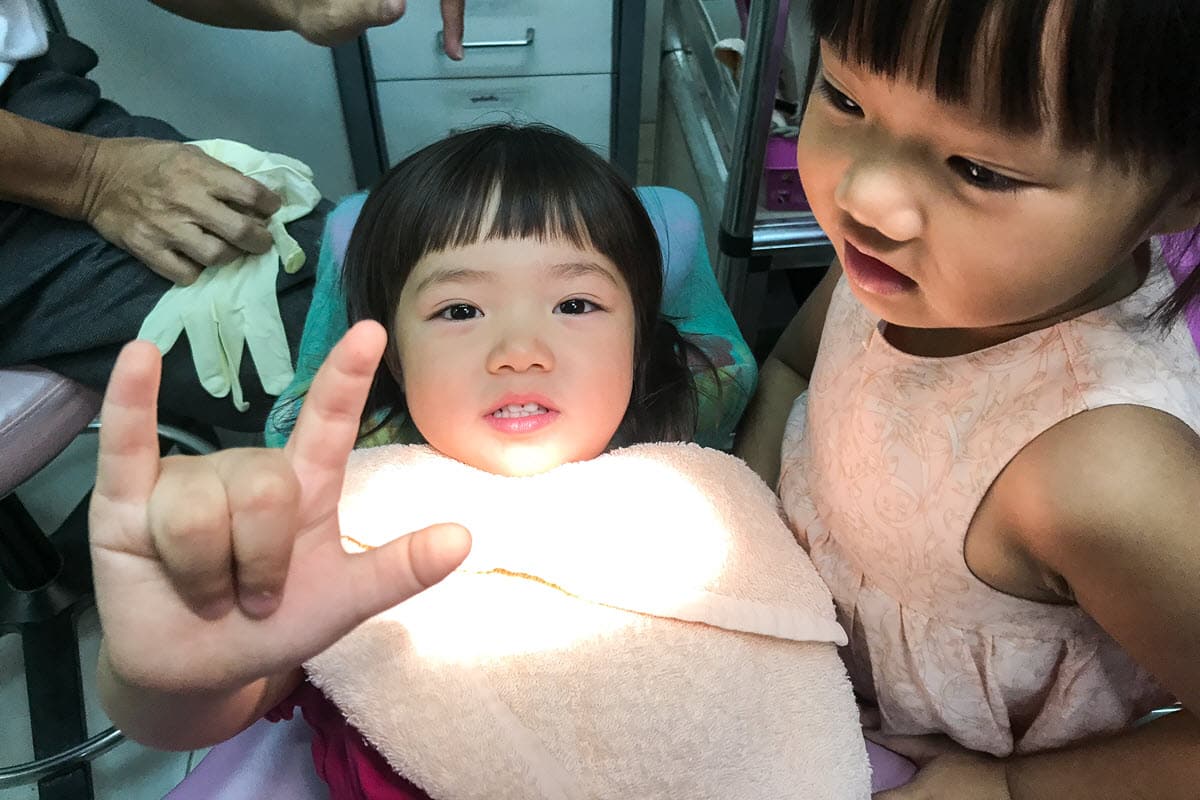
Oral Sedation
Conscious Sedation
Oral sedation will offer a deeper level of relaxation for a nervous patient. Patients will usually be given a pill called “Halcion” an hour or so before the dental treatment; they will be awake but drowsy with having difficulty speaking during the procedure. In some cases, the dentist may decide to increase the dose of the sedative drug so the patient may fall asleep but can be woken up easily. Not remembering anything from the treatment is pretty common. According to Brisbane Paediatric Dentist, anaesthetists may provide children with oral sedation before general anaesthesia to make the process smoother and more comfortable for them.
IV Sedation
The IV Sedation dentist will administer the anti-anxiety drug through a vein to relieve the patient’s fear and anxiety during dental treatment. The patient will experience a deeper sense of sedation with intravenous sedation (IV) to put the patient in a state of twilight sedation. Intravenous sedation will increase your sense of comfort and keep you comfortable and sleepy but not completely asleep and is used for those with severe dental apprehension. The patient’s vital signs, oxygen level, and pulse will be monitored, and the dentist will adjust the level of sedation during the procedure. Once the sedative wears off, the patient will usually have no recollection of the treatment.
Sleep dentistry for babies
Sedation in pediatric dentistry
You have heard so much about the importance of baby teeth in their dental development, but you are at your wit’s end because of your child’s severe dental fear, right?! Well, You’re not alone! Almost all children tend to get nervous when they feel their sense of security is in danger. Talking about dentists is likely to cause fear and anxiety in little kids and prevent them from cooperating with you or their dentist.
However, you can rest assured that your little one can get the oral care they need with the help of sleep dentistry. That’s right! Sleep dentistry can also be applied to fearful children and provide a sense of comfort for them. The appropriate type of sedation for a child is determined based on the child’s medical history, overall health, the kind of treatment, and the child’s level of anxiety.
What is the safest form of sedation used for children?
Happy gas can be used in paediatric dentistry and is pretty much safe and non-invasive for children. Laughing gas is considered the safest option for nervous and uncooperative kids and is used primarily by pediatric dentists. Pediatric dentists use happy gas to make children calm and more cooperative. No long-term side effects will threaten your child’s safety with happy gas; feeling sick or vomiting are typical side effects that some may experience.
The happy gas will not usually cause your child to fall asleep; it only makes them feel drowsy and relieves their fear and anxiety. Parents or close family members can stay with the child to provide more security and comfort. It helps if your child can see you or probably hold your hands. Your child will be conscious but at the same time relaxed and drowsy after being sedated with happy gas, and as soon as the mask is removed and the gas stops, they will get back to a normal state. The dental team may ask you to provide your child with a very light meal a few hours before the treatment to minimize feelings of sickness.
Oral sedation can also be used for nervous kids who are afraid of going through dental treatment. Your child will not typically fall asleep but may not be able to speak clearly and remember much of the procedure. A dentist or an oral surgeon will give sedative medication to your child by mouth or through the nose before the treatment. Once the sedative drug kicks in, your child will feel relaxed but usually follow the dentist’s directions. Your child will be able to breathe without assistance. Ask the dentist about your child’s dietary restrictions, if there are any. You may be advised to avoid giving heavy meals to your child some hours before the treatment.
Intravenous sedation can also be applied to those who suffer from dental fear. The process is safe and involves receiving the sedative drugs intravenously. It won’t put your child into a deep sleep and only provides a deeper level of relaxation to make them calm for oral care. The pediatric dentist will assess several factors to make sure your child is qualified for Intravenous sedation.
In addition to the dental expert, a qualified anesthesiologist should also be present in the room so that the child’s heart rate and heart rhythm, breathing, blood pressure, and other vital signs can be carefully monitored. Young, fearful kids with special needs or a severe gag reflex can benefit from being sedated intravenously. Besides, intravenous sedation is usually used if your child is undergoing long dental treatment. In case your child is afraid of the needles, the dental expert will have to sedate them first with anesthetic vapour (happy gas) before inserting the needle into their vein.
General anesthesia
After administering general anesthesia by a paediatric anesthesiologist, your child will be unconscious or asleep and will not be able to breathe on their own. A general anaesthetic will usually be administered in a hospital and by specially trained dental or medical anesthesiologists who can monitor your child’s vital signs, including breathing, blood pressure, body temperature, and heart rate. Make sure you talk about all your concerns and ask all your questions regarding GA. The anesthesiologist will typically be honest and straightforward about the risks or complications of general anaesthetic. Dental treatment for children under GA will not make them feel any discomfort since GA will prevent pain, but they may need to receive a sedative by inhaling it into a mask to feel relaxed first.
Precautions of Anesthesia
Anesthesia risk factors
Inform the child’s dentist if they:
- are currently taking any medication
- has breathing problems
- has a health condition like asthma, apnea, heart problems, blood pressure, and seizure disorder
- is allergic to any foods or drugs, etc
- has been under dental anesthesia before
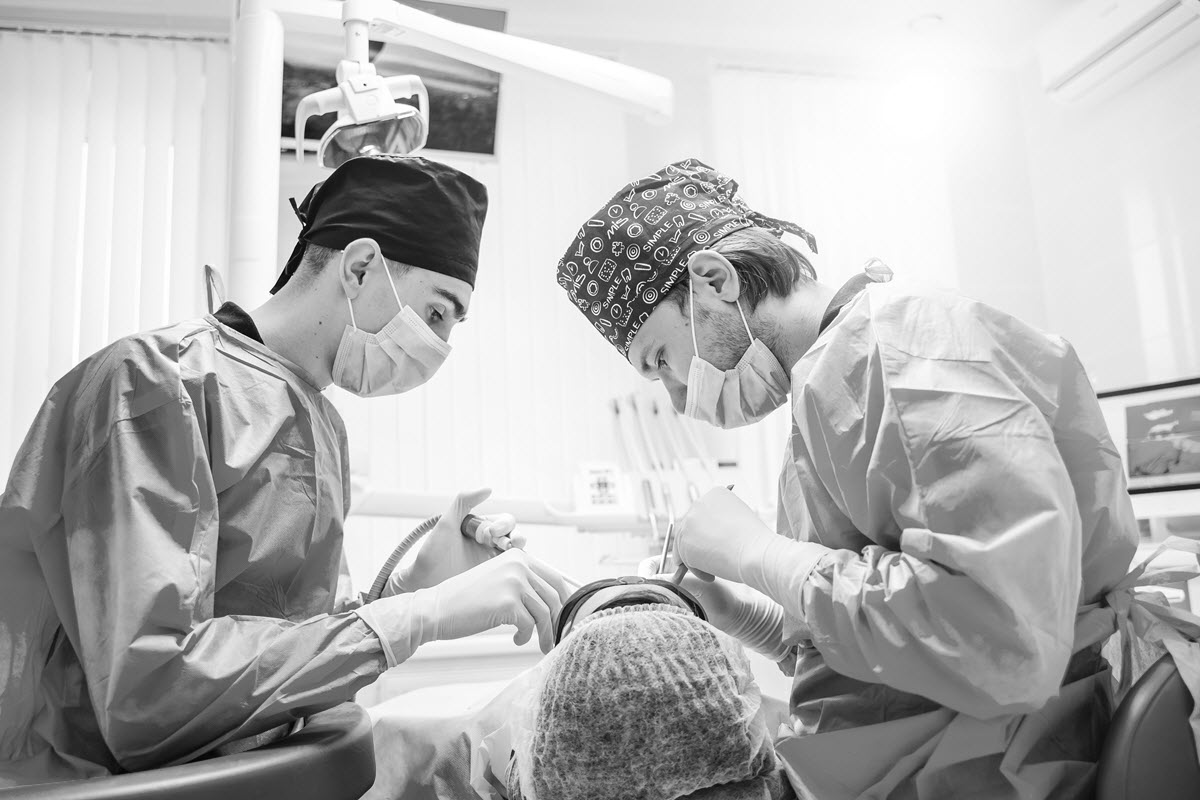
Risks of General Anesthesia
Do dentists use general anesthesia?
Risks and discomfort of general anesthesia are generally minor and temporary; the child will be taken to the recovery room to be closely monitored until they wake up. They may experience sore throat, chills, vomiting, or in some cases, confusion for a few days. If your child has sleep apnea, administration of general anesthesia may be more dangerous for them. GA is performed by qualified anesthesiologists who are trained to the job with minimal risks.
Anesthesiologists are there to provide professional anesthesia services.
Generally, dentists use happy gas rather than general anaesthesia for a child’s dental procedure who are more cooperative and less scared. However, a general anesthetic will be administered for people with specific needs like severe dental anxiety or autism. Extensive treatments which require the child to stay still for several hours may also need GA if the child is qualified for this type of anesthesia. A professional anesthesiologist must administer sedation dentistry to control the appropriate level of sedation and decrease any possible risks.
Preparations for anesthesia
What should you do before dental anesthesia?
The pediatric dentist will give you the necessary instructions about feeding your child the night before the treatment. You may be asked to avoid giving your child any non-clear liquids, like milk, coffee, or formula. You may also receive a consent form to sign before the sedation is applied. The effect of the general anaesthetic will typically go away between two to five hours. Some kids may start crying, misbehaving, or nagging after the medication wears off when they wake up in the recovery room; bringing a comforting item to distract and calm your child down can be helpful.
Is it safe to sedate a child for dental work?
Children Sedation for dental work
Happy gas, which is a mild sedative, is safe for both adult patients and children.
A general anaesthetic, which makes your child unconscious and puts them to sleep, is only recommended if your child is highly nervous and uncooperative. Parents or guardians need to follow the pediatric dentist’s guidelines on eating and drinking restrictions before the treatment.
Is general anaesthesia safe for 2-year-olds?
General anesthesia for toddlers
Anaesthetic drugs are a necessary part of care of children needing extractions or restorative treatment that can not be delayed. the benefit of an elective procedure should always be weighed against all the risks associated with anaesthesia and surgery.
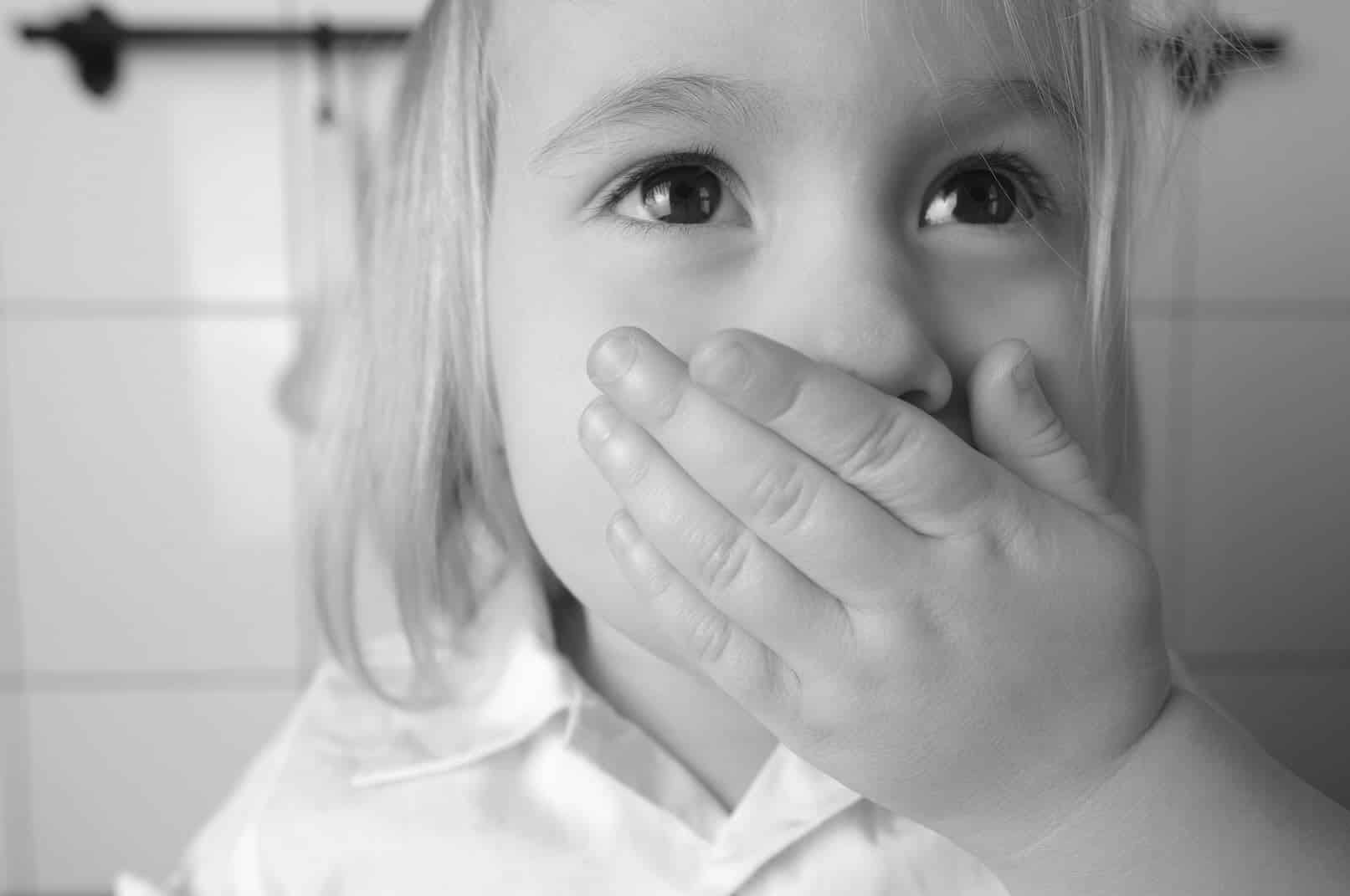
Is general anesthesia safe?
General anesthesia safety
The general anaesthetic will make the process easier when the patient is scared to receive dental care, and the only possible option will be to put them to sleep. Anesthetic facilitates invasive treatments for dental professionals like oral and maxillofacial surgeons who perform complicated oral surgeries. Some dental experts will use GA to remove wisdom teeth, oral surgery, dental implants, and root canals. Local anesthetic (performed by a dental hygienist) will have fewer adverse reactions compared to general anesthesia.
If you or your child have been under a general anaesthetic, chances are you experience the following symptoms after the effect of the anesthesia wears off:
- sore throat
- headache
- dry mouth
- nausea
- dizziness
- numbness
Can I have my teeth removed under a general anaesthetic?
Teeth Removal under GA
Tooth removal is often simple, and using local anesthesia will usually suffice. However, tooth extractions, especially wisdom teeth removal, can be done under a general anesthetic if the dentist agrees it is a good idea. However, a local anesthetic will still be needed to numb the tooth and the surrounding areas. For very young children who have difficulty coping with dental treatments, sedation options, including happy gas for kids dental or sleep dentistry for kids dental, may be a gentler option.
What about Local Anaesthesia for Dental Treatment?
Local anesthesia and topical anesthetic are used for dental work such as root canals. Conscious sedation can also be used. General anaesthesia will only be used for those with special needs or terrified to let the dentist work smoothly. Besides, it would help if you were qualified to receive general anaesthesia for a dental or medical procedure.
Is dental anesthesia painful?
Well, less painful than the treatment without it! Dental anesthesia has made treatments a lot easier for both dental experts and patients. Sharp pain from dental anesthesia will be natural but temporary and can be subsided with some tricks. Typically, very sharp needles will penetrate your gum faster, and therefore, you’ll experience less pain. Furthermore, while it may sound ironic, injecting the anesthesia very fast causes more pain may damage the mouth tissue and cause more pain. Applying too much force while injecting the anesthesia can also worsen the pain.
Some tips about anesthesia
- After anesthesia, you will experience numbness for a couple of hours after the procedure; make sure you avoid eating with the affected side because you may bite your cheek.
- It’s wise to arrive early in the children’s hospital if your child requires GA for a dental procedure.
- Refrain from eating heavy meals for at least eight hours before the procedure.
- Let your dentist know if you are pregnant.
- Ask a family member to accompany you if you are receiving a general anesthetic.
- Avoid driving right after you recover from general anesthesia.




































